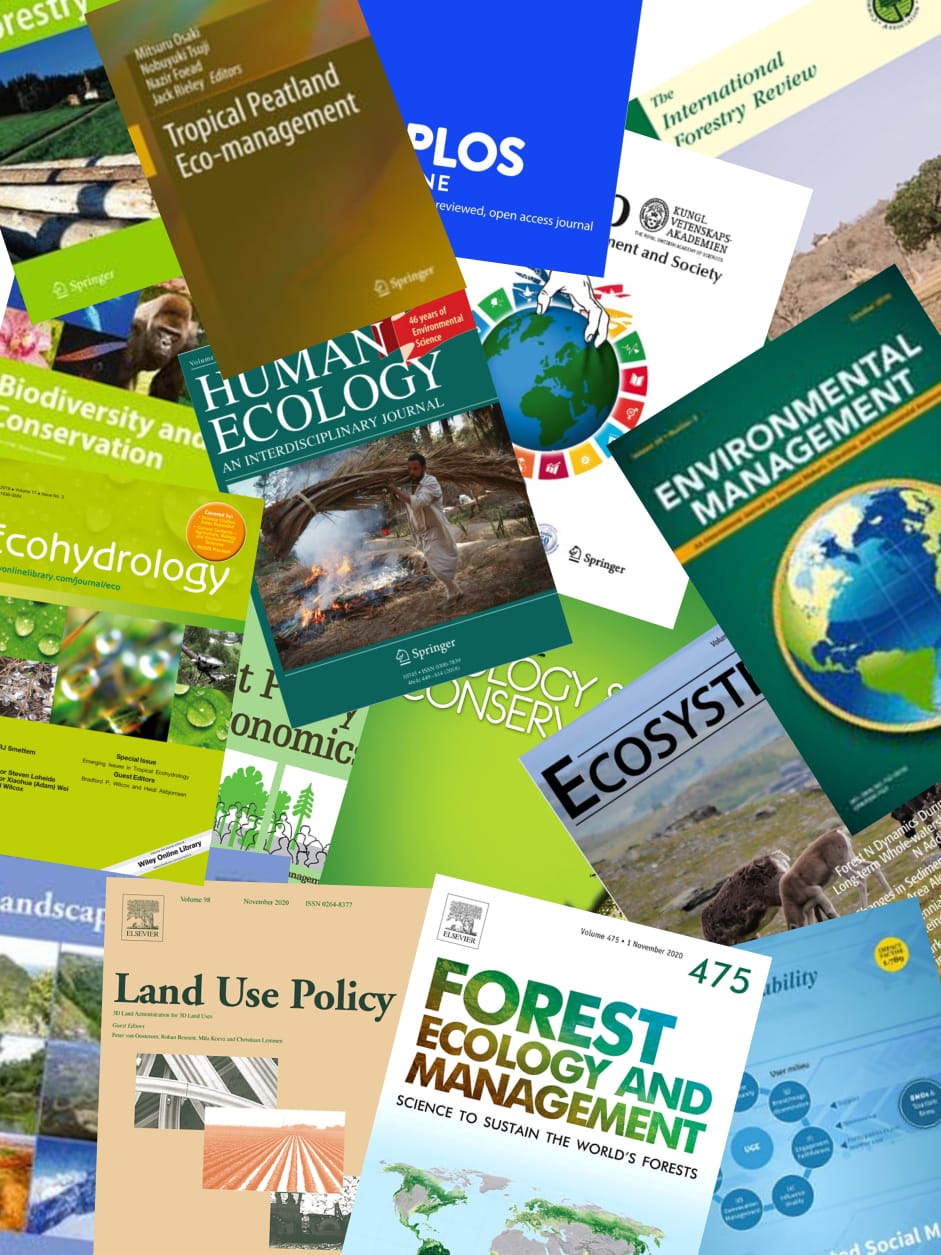To investigate the potential cancer risk resulting from biomass burning,. polycydic aromatic hydrocarbons (PAHs) bound to fine particles (PM2.5) were assessed in nine administrative northern provinces (NNP) of Thailand, before (N-I) and after (N-II) a haze episode. The average values of Sigma 3,4-ring PAHs and B[a]P-Equivaient concentrations in world urban cities were significantly (p < 0.05) much higher than those in samples collected from northern provinces during both sampling periods. Application of diagnostic binary ratios of PAHs underlined the predominant contribution of vehicular exhaust to PM2.5-bound PAH levels in NNP areas, even in the middle of the agricultural waste burning period. The proximity of N-I and N-II values in three-dimensional (3D) principal component analysis (PCA) plots also supports this conclusion. Although the excess cancer risk in NNP areas is much lower than those of other urban area and industrialized cities, there are nevertheless some concerns relating to adverse health impacts on preschool children due to non-dietary exposure to PAHs in home environments. (C) 2014 Elsevier B.V. All rights reserved.
View source

